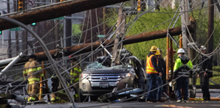Each year, storms in the U.S. cause $18-33 billion in damage.
A significant amount of that cost is allocated to repairing or replacing fallen wooden utility poles. When light poles fall, they can cause power outages, damage vehicles and buildings, and even harm residents. And grid failures have a ripple effect well beyond localized damage and replacement costs — impacting the economy by interrupting the manufacturing and transport of goods.
Unfortunately, due to climate change, the frequency of and costs associated with severe weather are increasing.
Wooden Poles and Storms

In 2017, a massive windstorm in Rochester, New York blew over scores of wooden utility poles, leaving 170,000 residents without power.
Hurricane Harvey knocked down 5,000 wooden utility poles in August 2017, and 250,000 people lost power for days.
Shortly before a series of hurricanes struck from 2011 to 2015, the Grand Bahamas installed 450 composite poles. The hurricanes knocked down almost 2,700 wooden poles, but the composite poles were unharmed.
How Composite Light Poles are Different
When introduced in the 19th century, wooden poles were made from long-standing, dense hardwoods. Now they’re made from younger, less robust timbers harvested from tree farms.
Every year, roughly 2.5 million wooden utility poles are replaced in the US.

Composite poles are made from two or more materials that, when combined, create stronger poles that resist rot, fire, corrosion, woodpeckers, and insects. That means composite poles require zero maintenance and won’t snap in high-wind storms.
Since they weigh less, composite poles are easier to install. And, as they don’t weaken over time, they last twice as long as wooden poles.
Ready to place an order? Let’s talk about your project.




